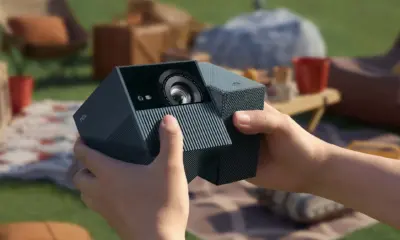News
TCL Marks 25 Years in the Philippines with 2025 Product Launch and Global Olympic Partnership
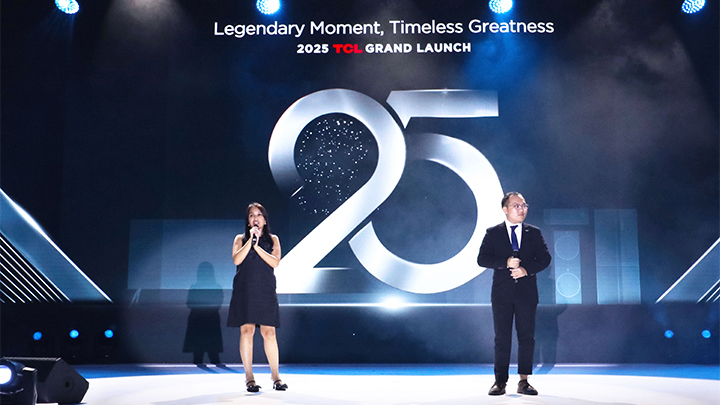
TCL Electronics marked its 25th anniversary in the Philippines with a large-scale event at Okada Manila, where the company unveiled its 2025 product lineup and announced a long-term partnership with the International Olympic Committee. The event, themed “Legendary Moment, Timeless Greatness,” was designed to reflect both the company’s history in the region and its future direction.

Since entering the Philippine market in 1999, TCL has grown its product portfolio beyond televisions to include air conditioners, washing machines, and refrigerators. The brand now holds top market positions in the country for both TV and AC sales, according to company executives.
At the event, TCL introduced a range of 2025 products, including the X11K QD-Mini LED TV, which features 6,500 nits of peak brightness, a 65,000,000:1 contrast ratio, and support for Quantum Dot color technology. Audio is handled by Bang & Olufsen, reinforcing TCL’s recent push into premium home entertainment. Other announcements included the FreshIN 3.0 air conditioner with air purification capabilities and the Direct Drive+ P660 washing machine, which aims to offer higher efficiency with lower energy use.
The company also presented updates to its refrigerator lineup, featuring models with bottom-mounted heat dissipation, customizable compartments, and T-Fresh sterilization technology.
TCL used the anniversary to emphasize its broader global ambitions. It announced a partnership with the International Olympic Committee that will run through 2032. TCL plans to supply products to Olympic villages and support event operations as part of this agreement. Company executives positioned the partnership as part of TCL’s goal to expand its international visibility and align with large-scale global events.
Local brand ambassadors, including Olympian EJ Obiena and actors Rhian Ramos and Valeen Montenegro, participated in the launch and shared their views on TCL’s role in bringing accessible technology to Filipino households.
As the company looks ahead, TCL says it remains focused on developing practical, energy-efficient, and connected technologies for everyday use.
In related news, TCL secures the top spot globally in ultra-large, Mini LED, and Google TV shipments, and also launches the Thunderbird 32U8 in China, a feature-packed monitor priced under $550.
(Via)
News
TCL launches PlayCube, A1S, and C1 portable projectors in the UK
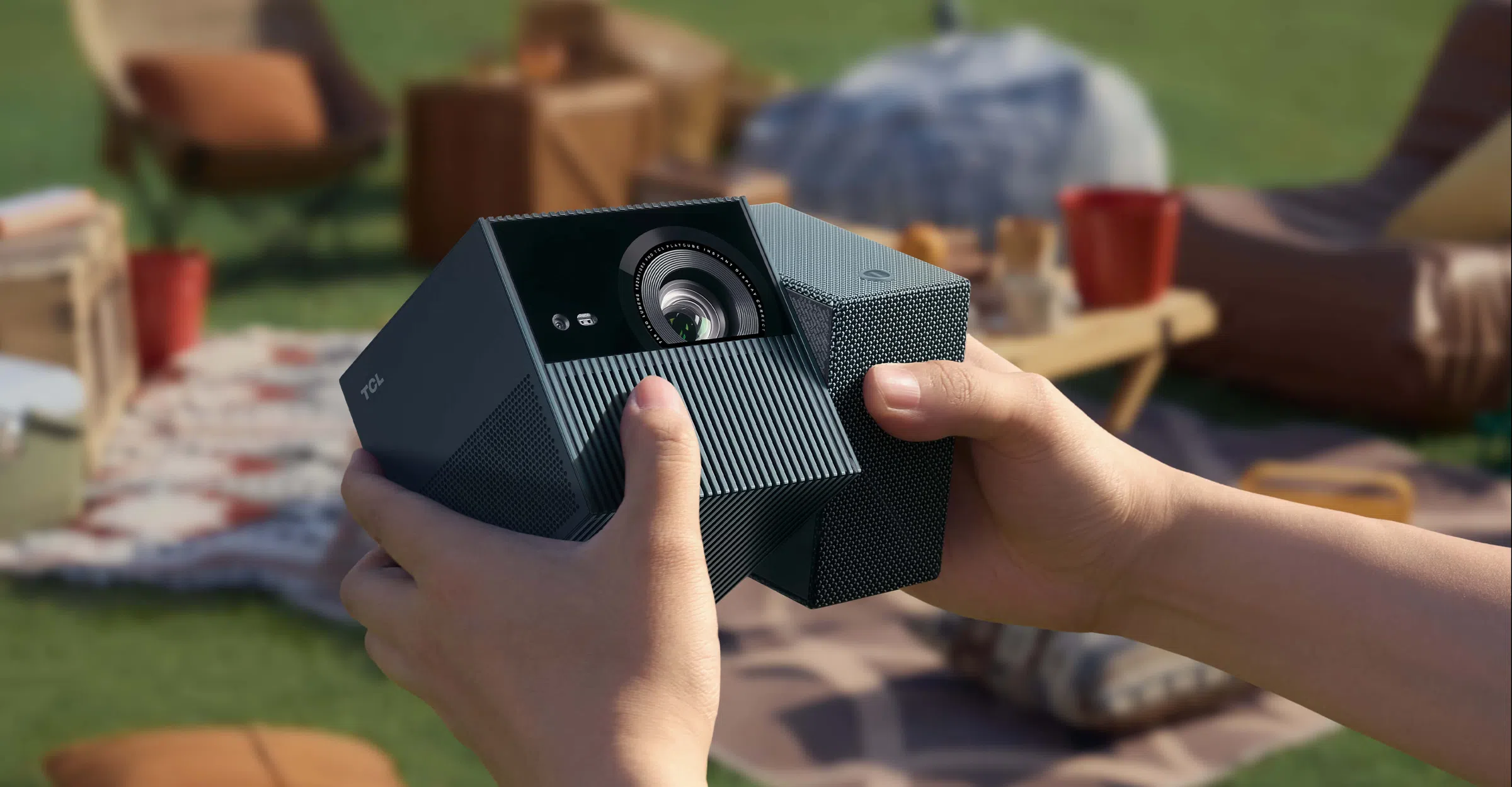
TCL has launched its full range of portable projectors in the UK. The lineup includes the uniquely designed PlayCube, the versatile A1S, and the compact C1. All three models are also available in the U.S.
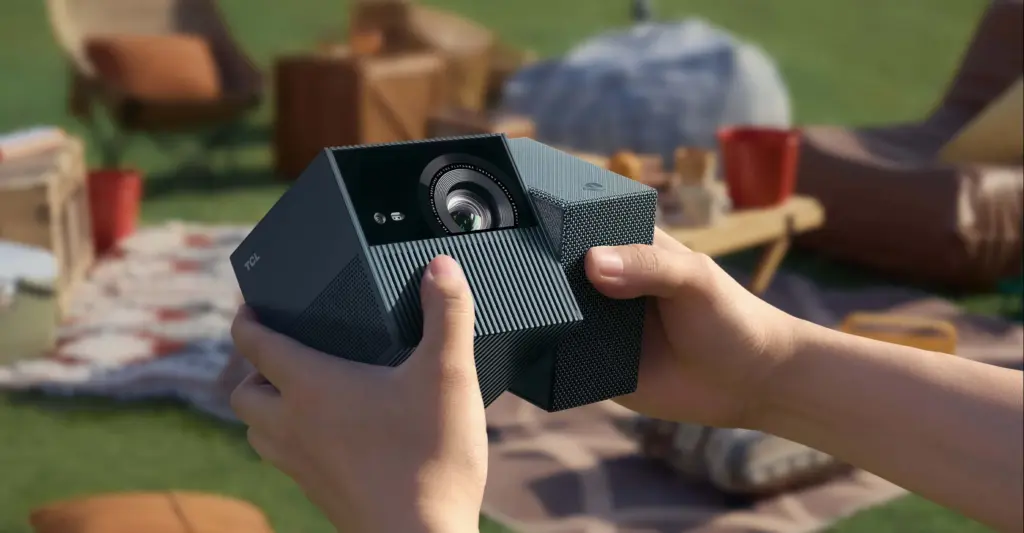
The PlayCube, priced at £799.99 in the UK and $749.99 in the U.S., features a cube-shaped design inspired by the Rubik’s Cube. It weighs under 1.4kg and runs wirelessly for up to three hours thanks to a built-in battery. It uses Google TV with optimized Netflix support, and its rotatable lens design allows flexible image placement on walls, ceilings, or tents.
The projector outputs 750 ISO Lumens and supports 4K input, although its native resolution is 1080p. It covers 124% of the Rec.709 color gamut and features instant autofocus, auto keystone correction, and Dolby Digital Plus audio.
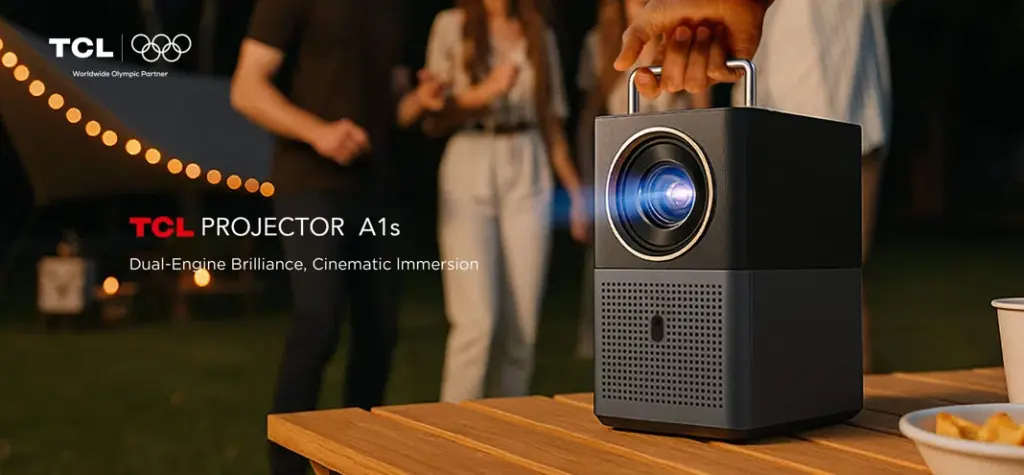
The A1S, priced at £369.99 in the UK and $330 in the U.S., features a tower design with a built-in “Versagrip” handle that acts as a stand. It also uses Google TV with Netflix, supports 4K input on a 1080p panel, and outputs 600 ISO Lumens. A 16W speaker system with passive radiators and reactive lighting adds entertainment value, especially during outdoor or party use.

The C1 is the most affordable option at £249.99 in the UK and U.S. It retains full HD resolution, Google TV, Netflix support, and automatic image adjustments. It delivers 230 ISO Lumens and can project up to 120 inches. The rotating gimbal handle helps with angle adjustment, and the built-in 8W speaker removes the need for external audio gear.
In related news, we recently covered the best TCL TVs under $500 you can buy in 2025, so do check that out as well.
(Via)
News
TCL CSOT Powers AOC AGON’s 1000Hz Gaming Monitor AGP277QK

TCL CSOT is emerging as a driving force behind the next evolution in gaming displays. Following Philips’ announcement of the world’s first 1000Hz monitor, the EVNIA 27M2N5500XD, TPV’s other major brand, AOC AGON, has now unveiled the AGP277QK, another ultra-high-speed gaming monitor built on TCL’s latest panel innovations.
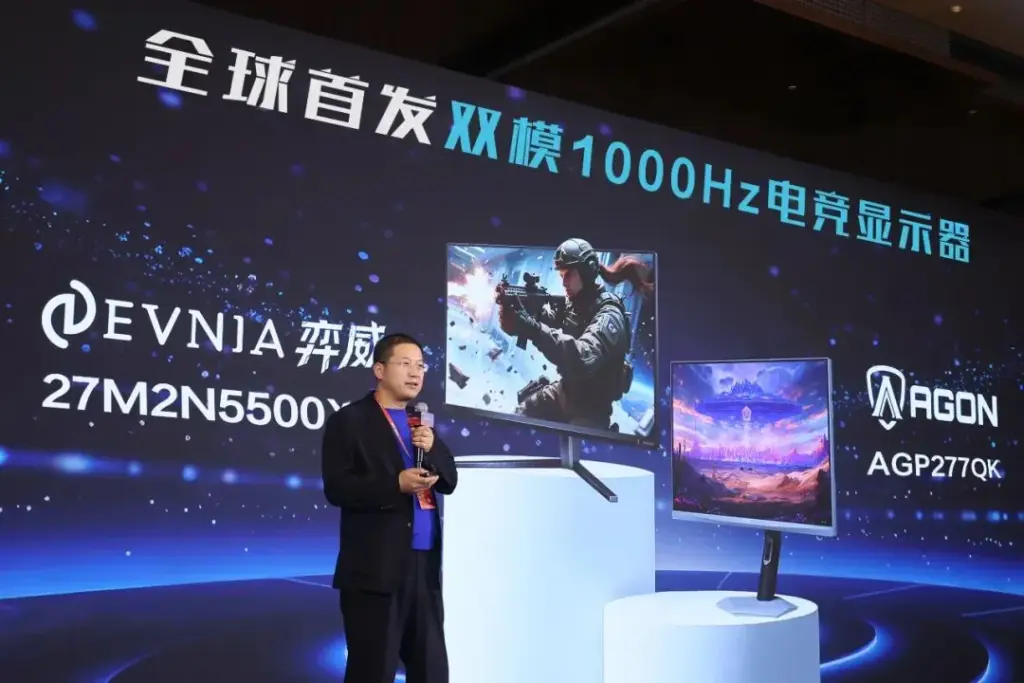
The AGP277QK made its debut at the “Esports Market Empowerment and High Resolution Gaming Display Trends Seminar” hosted by TCL CSOT in Beijing on December 4. The monitor supports two native refresh modes: 500Hz at QHD and 1000Hz at HD resolution. Both displays are powered by TCL’s advanced HFS Shoot technology, signaling TCL CSOT’s leading role in pushing refresh rates into four-digit territory.
TCL’s HFS Shoot panel enables extreme motion clarity with a 0.3ms MPRT and 0.5ms GtG response time. It also delivers a 2000:1 static contrast ratio, 10-bit color depth, and ΔE < 1 color accuracy. The panel covers 95% of the DCI-P3 color gamut and includes certified low blue light and flicker-free eye protection, features increasingly demanded by esports professionals and competitive gamers.

The AGON AGP277QK comes with modern connectivity options, including DisplayPort 2.1, HDMI 2.1, and USB 3.2 ports. It also features RGB Light FX that syncs with audio playback, aligning with gaming setups that value both performance and style.
TCL’s deep integration with TPV brands highlights its growing impact across the gaming display ecosystem. By enabling both Philips and AOC to deliver cutting-edge 1000Hz monitors, TCL CSOT is not only pushing panel technology forward but also setting new benchmarks in high refresh rate gaming.
In related news, China’s TV market recorded a 15.7% drop in November shipments despite the extended Double 11 campaign, and Hisense launched a 4K 160Hz dual mode monitor that also functions as a Dolby Vision TV.
(Via)
News
China’s TV Market Sees 15.7% Decline in November Shipments Despite Double 11
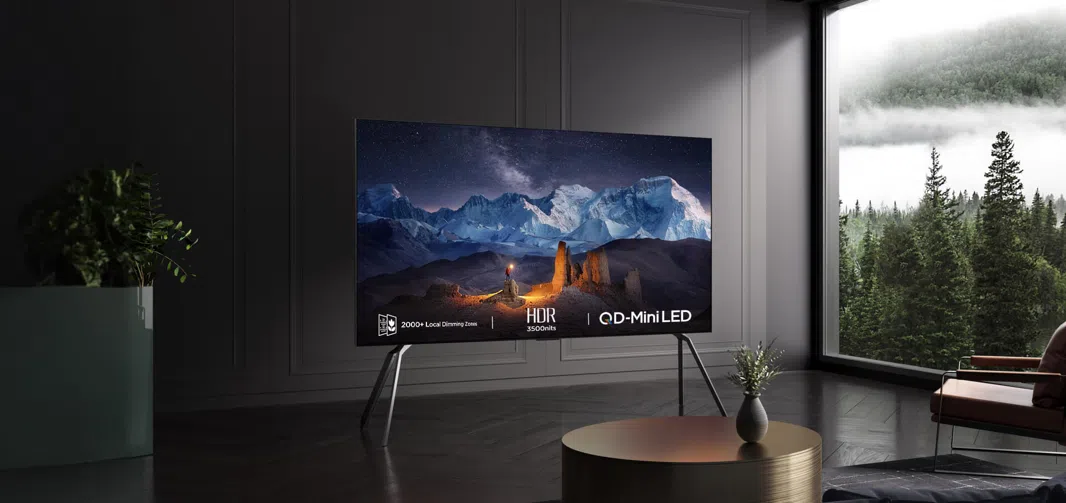
New shipment data from RUNTO Technology shows that China’s TV market continued to decline in November 2025, with most major brands reporting lower shipment volumes. Total shipments reached approximately 3.22 million units, a slight drop from the previous month and a steep 15.7% fall compared to November 2024.
The decline reflects ongoing challenges in the market. Government subsidies have gradually tapered off, and earlier pent-up demand appears to be exhausted. Since mid-year, the market has posted monthly declines of around 10%, showing consistent weakness despite major sales events.
November featured the country’s longest-running Double 11 sales campaign, but promotions failed to revive demand. Retail sales volume dropped 19.6% year-on-year, while retail revenue fell by 22.1%. The figures suggest that aggressive discounting is no longer enough to offset broader consumer caution.

Despite the downturn, TCL remained one of the strongest players in the market. Alongside Hisense and Skyworth, TCL helped lead a group that shipped a combined 1.98 million units. The trio’s combined market share reached 61.6%, and their year-on-year decline was limited to 11.2%, lower than the overall market drop. TCL continues to strengthen its lineup with Mini LED and QLED models, contributing to its stable performance.
Xiaomi, including its Redmi TV brand, ranked third with 530,000 units shipped and a 16.5% share. Brands like Changhong, Haier, and Konka followed, but recorded a combined shipment drop of 13.8%. Huawei, Samsung, and Sony reported shipments in the tens of thousands, maintaining a limited presence in the domestic market.
RUNTO Technology estimates that full-year shipments in 2025 may fall to around 33 million units. The firm expects further contraction in 2026 as market saturation and weakened buying sentiment continue to pressure sales.
In related news, we recently covered Hisense as it launched a 4K 160Hz dual-mode monitor that doubles as a Dolby Vision TV, and also covered a roundup of the best TCL TVs under $500 you can buy in 2025.
(Via)

